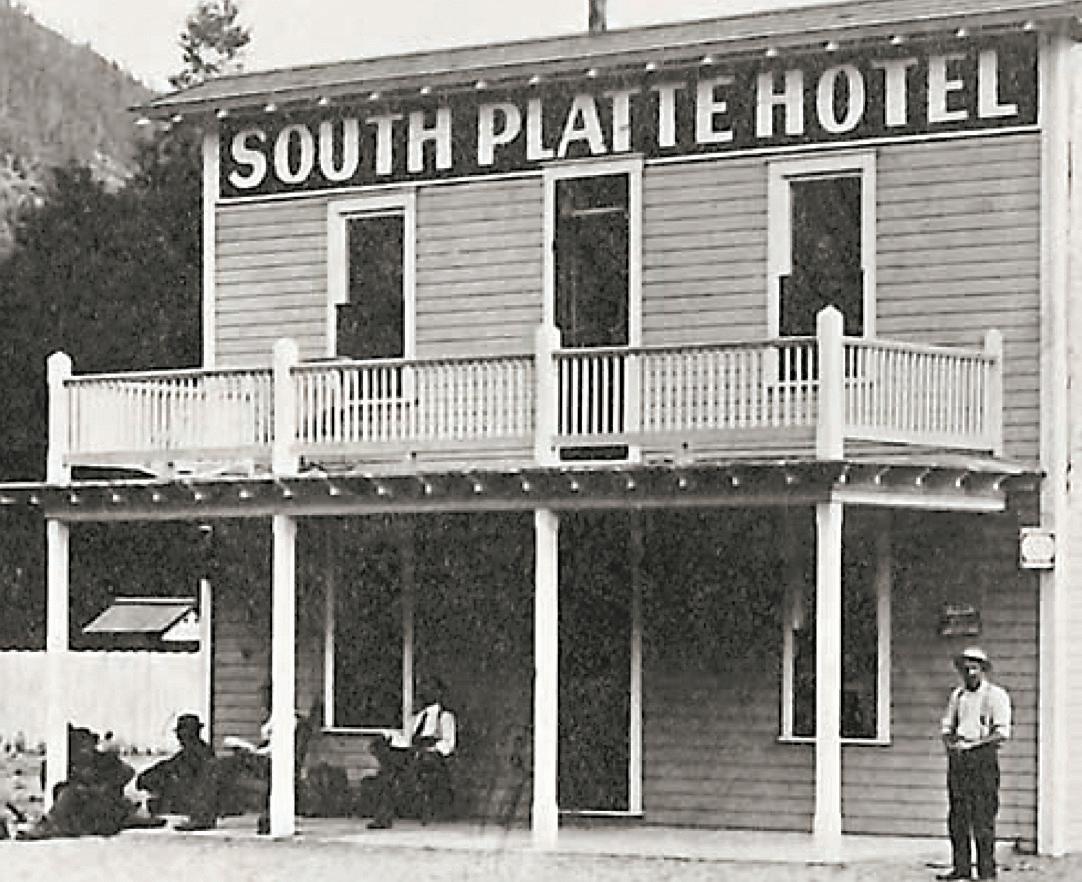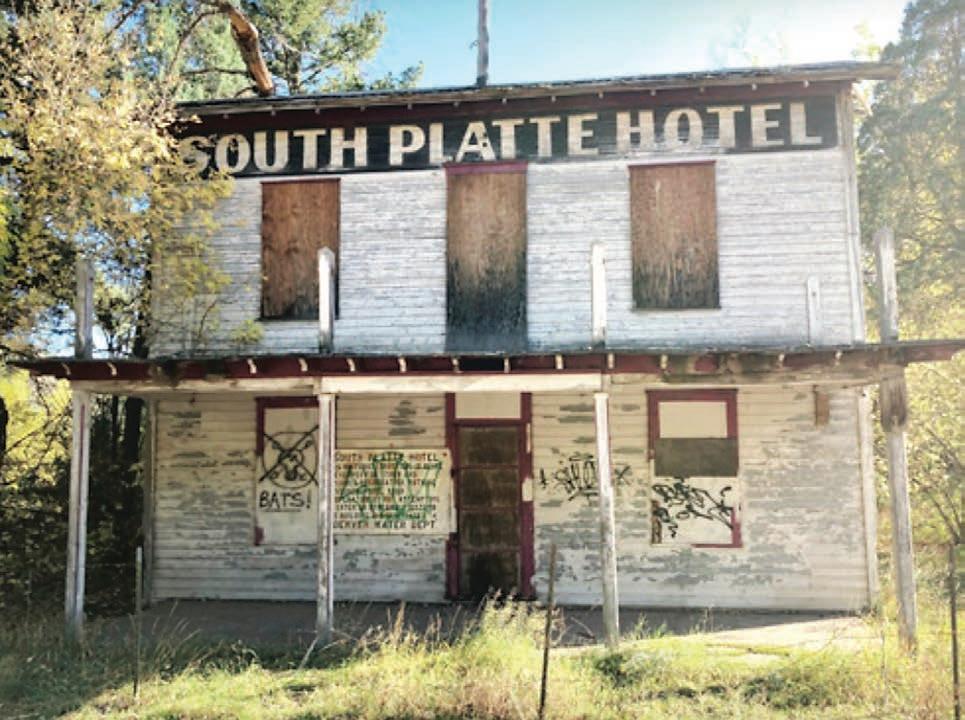
2 minute read
HOTEL
Steinle said. “ e letter put us into emergency mode. What (the letter) did was galvanize us, and we contacted a lot of local organizations to get them mobilized and aware of the situation.”
Among the organizations interested in preserving the building are the Evergreen Mountain Area Historical Society, the Conifer Historical Society, the Pine Elk Creek Improvement Association and Je erson County Open Space.
Steinle hopes the organizations can meet with Denver Water ocials and put their heads together to come up with a plan.
“Our next step is to contact the decisionmakers at Denver Water and have a discussion of what they are amenable to do,” Steinle said. “Hopeful we can work with them in the near future and keep them from tearing it down and gure out what to do with it.”
Colorado Preservation Inc. will facilitate and assist the local organizations with nding a solution to keep the building, said Endangered Places Director Katie Peterson, who noted that it takes local community initiative to preserve historic sites.






She said since the hotel was so close to the Colorado Trail and the South Platte River, options should be available to keep the building.
According to Jose Salas, a Denver Water spokesman, Denver Water bought the hotel building because it would be within the area underwater with the proposed Two Forks Reservoir, which ultimately was never built.
“With no waterworks purposes for Denver Water to warrant the expenditure of ratepayer funding for building repairs, the structure has progressively deteriorated over the last four decades and is currently extremely unsafe,” Salas wrote in an email. “Denver Water has installed fencing to deter the public from trying to enter the unsafe structure while we go through the process of determining its future.”
He said Denver Water understood the site’s historic signi cance and wanted to work with other groups to determine potentially viable options, and no decisions have been made.
Hotel history
e community of South Platte was at the con uence of the North Fork of the South Platte River. According to Preservation Colorado, the hotel originally was constructed in 1887 by Charles Walbrecht and his wife Millie, an example of a workingclass resort hotel. In its day, the hotel o ered 14 rooms to stagecoach passengers and train passengers on the Denver, South Park and Paci c Railroad narrow-gauge line.
Steinle said many communities sprang up in the late 1800s along the railroad, especially between Bu alo Creek and Pine Grove, a reminder of how intense railroading was in Colorado and how important the railroads were to the state’s economy.
e hotel also operated a post ofce, and by 1900 the town, population 40, included the hotel, railroadrelated businesses and a general merchandise store. Five years later the Walbrechts expanded the hotel to include a saloon.
According to legend, the hotel was set on re and burned to the ground in 1912. It was replaced with the structure that is still standing today, according to Preservation Colorado.
Student involvement
It’s not just area historical societies who are interested in preserving the South Platte Hotel. In the 2012-13 school year, West Je erson Middle School English teacher Frank Reetz and a team of students embarked on a project to restore the Billy Westall Monument near the South Platte community. is project was successfully completed in 2014 and recognized by the Je erson County Historical Commission.
With that success, Reetz and his students began studying the South Platte Hotel, and students wrote essays on what should be done with the building, especially given its neglected state, that were published in 2018 in the periodical “Historically Colorado.”


While a few students said the building was too expensive to renovate and preserve, some suggested restoring it to a functioning hotel, preserving part of the building, or creating a park on the property as a way to preserve its history.
As one student put it: “We must protect this historic space from the forces of nature. We cannot let the destruction of this area. It is spiritual and special to the community.”








